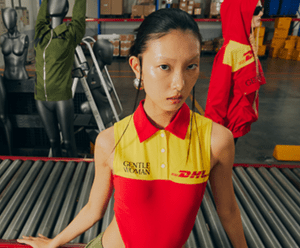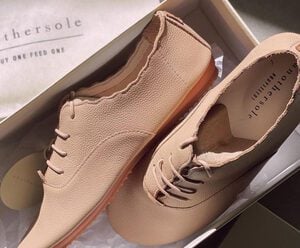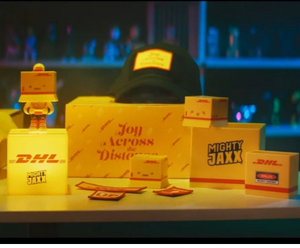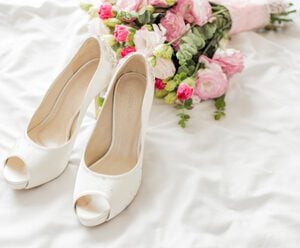
Shona Joy’s path ahead with e-commerce and sustainability

Renowned for its bohemian silhouettes and hand-designed prints, Shona Joy's pieces are stocked by the likes of global department stores David Jones, Harrods, Harvey Nichols and Bloomingdale’s.
We spoke to founder Shona Joy Thatcher about the brand’s journey over the past two decades, how they pivoted to mitigate the impacts of the pandemic, and their path forward with e-commerce and sustainability.
From the early days of market stalls to today’s global marketplace, what has been Shona Joy’s growth journey within and beyond Australia?
We started the Shona Joy brand in 2000 with market stalls at Bondi Beach and Paddington. Back then, many Australian designers were carving their way and using the markets as a platform to test their aesthetic. Shona Joy got its first big break at Belinda Seper’s 'Corner Shop' in Sydney, launching a capsule collection of hand-printed tees. From there, the brand quickly built momentum with a growing list of premium retailers carrying the label both locally and abroad.
The Shona Joy brand became a market leader in the bridesmaid space, with our original focus on evening wear dresses, however, over the past five years, the growth in our e-commerce business has allowed us to really come into our own. Our use of natural fibers and the growth in our resort category has seen the evolution and elevation of the brand — offering aspirational day and night looks that reference key international trends, while remaining consistent to our uniquely modern, yet bohemian and feminine aesthetic.
What role has e-commerce and logistics played in this international growth?
Growing the direct-to-consumer side of our business with our online stores has been empowering for financial reasons, but more importantly to allow us to connect directly to our customer. We now have a truer understanding of who she is, what she loves, where she wears our brand, and where we want to go with the brand. Social media has allowed and opened up conversations — it’s exciting to hear directly from her — and equally to learn where we have gone wrong, and how we can be better.
View this post on Instagram
View this post on Instagram
In recent years, the sustainable fashion movement has grown in prominence. How has this played a part in the label’s journey towards sustainability?
As a consumer goods brand, we’ll never claim to be 100 percent sustainable, however, we’ve made a considered commitment to better our business and reduce our impact through conscious improvements of our processes and materials.
The first step for us was to identify our most commonly used fibers and replace these with sustainable alternatives; the first of these being a switch to Lenzing. Additionally, we’ve done a complete audit of our packaging to fully transition all of our mailer satchels (and labeling) to home compostable alternatives.
We’re also working on a roadmap to offer more clarity around our decision making and transparency in our process as part of our commitment to always seeking areas for improvement, as well as to ensure we’re keeping our community informed every step of the way.
Over the last two decades, what have been the most important learnings for you? And what advice would you give to emerging Australian fashion designers?
Our 20th anniversary was an opportunity for reflection on who we are as a brand and how we want to move forward. As a team, we're committed to and motivated by building a business that we can all be proud of with a refined focus on using our growth to ensure we’re making a real impact to the issues we feel most connected to.
Some of the key pieces of advice I’ve had to remind myself over the years:
- You can’t be good at everything: find out what you are best at, then employ the best people you can to fill the gaps. Make sure you keep those people in your business through growth, up-skilling and internal promotions
- Trust your gut instinct: you shouldn’t let others to tell you how and why to do things, it should all feel right for you at that specific time
- It's only clothes: we're not saving lives, so don't sweat the small stuff. Just do your best as there’s another challenge around the corner
- You need to quickly work out what sets you apart
This article was originally published here and was republished with permission. For more information on Shona Joy, visit shonajoy.com.au
MORE FROM THIS COLLECTION














 English
English